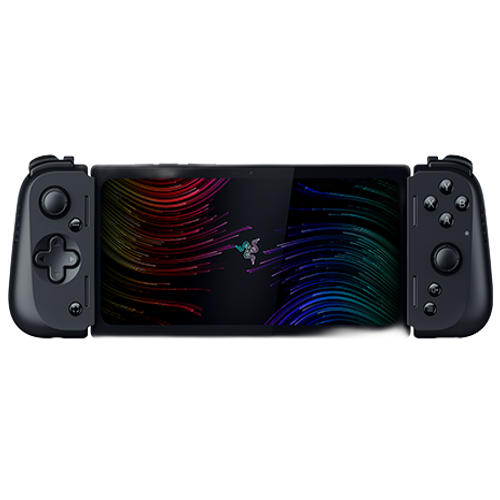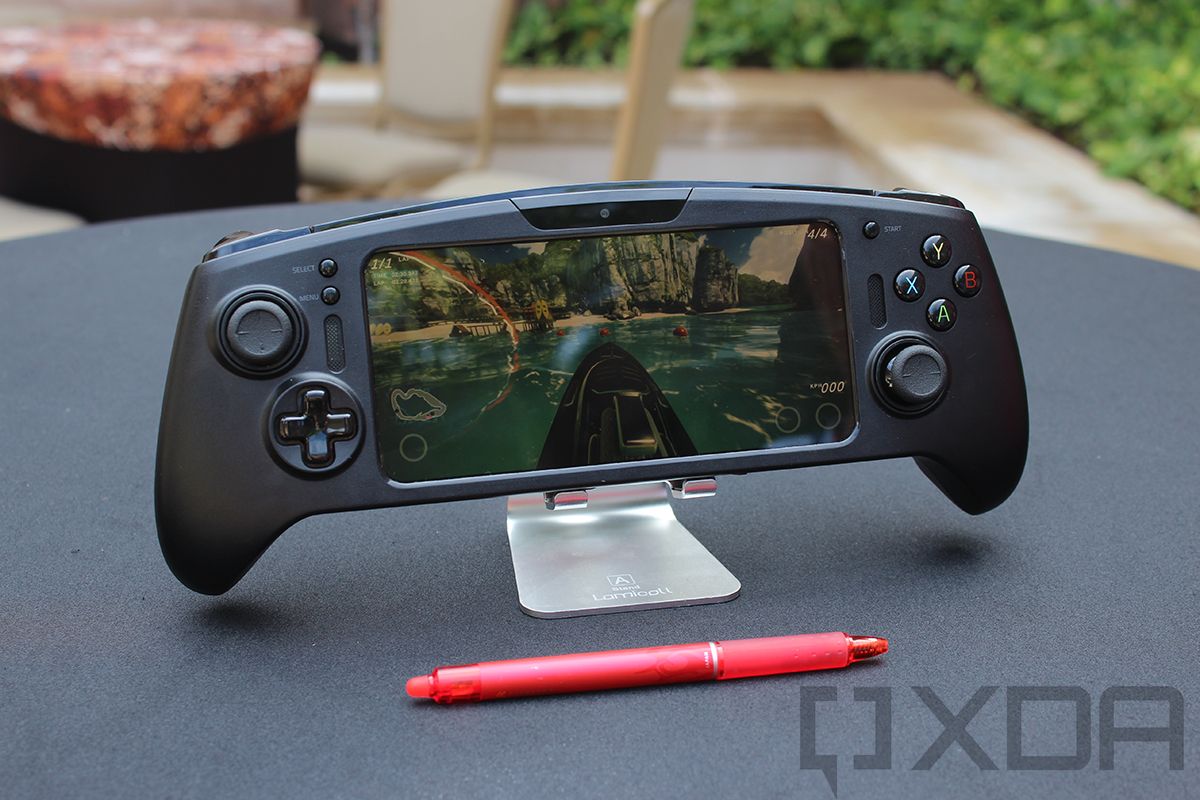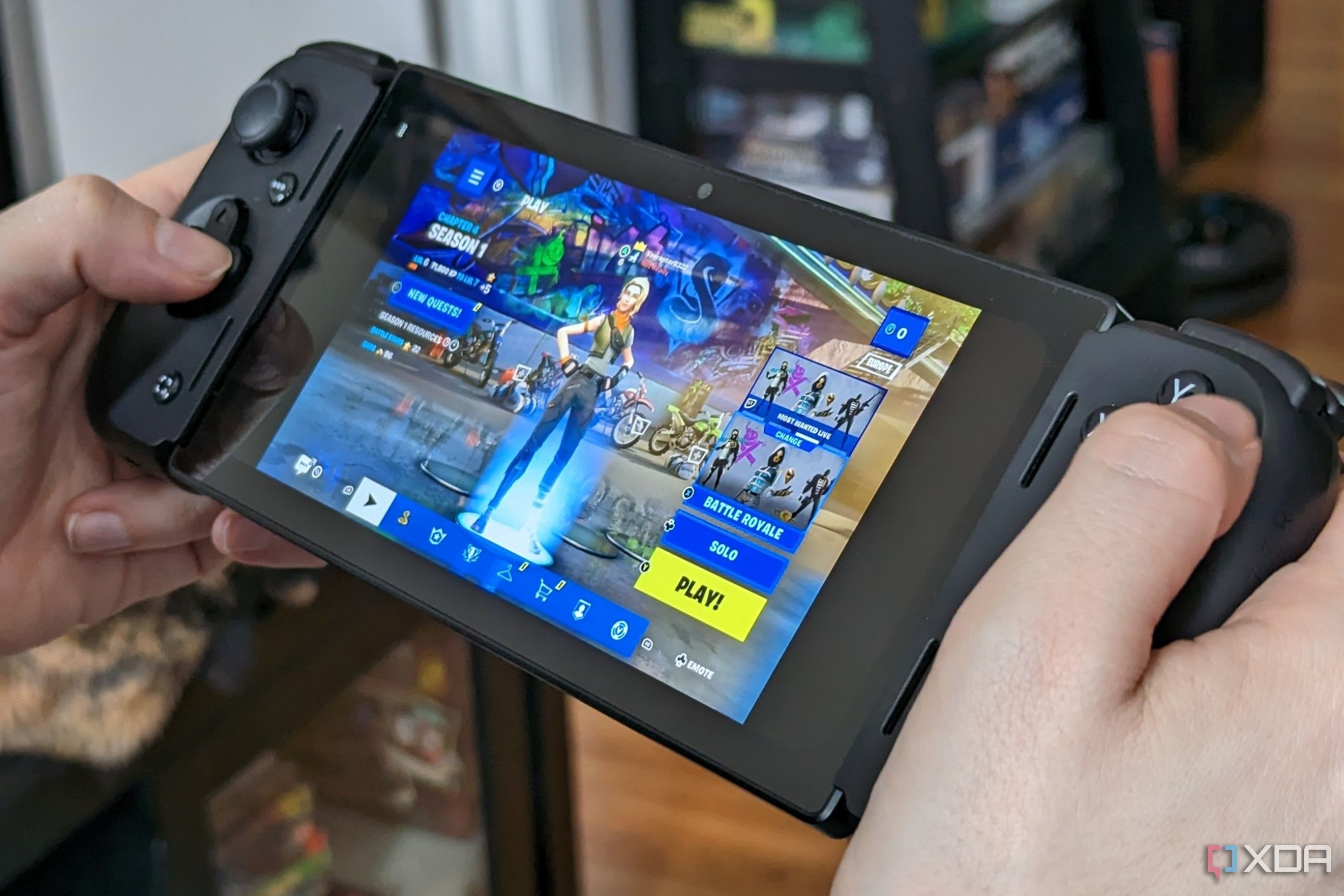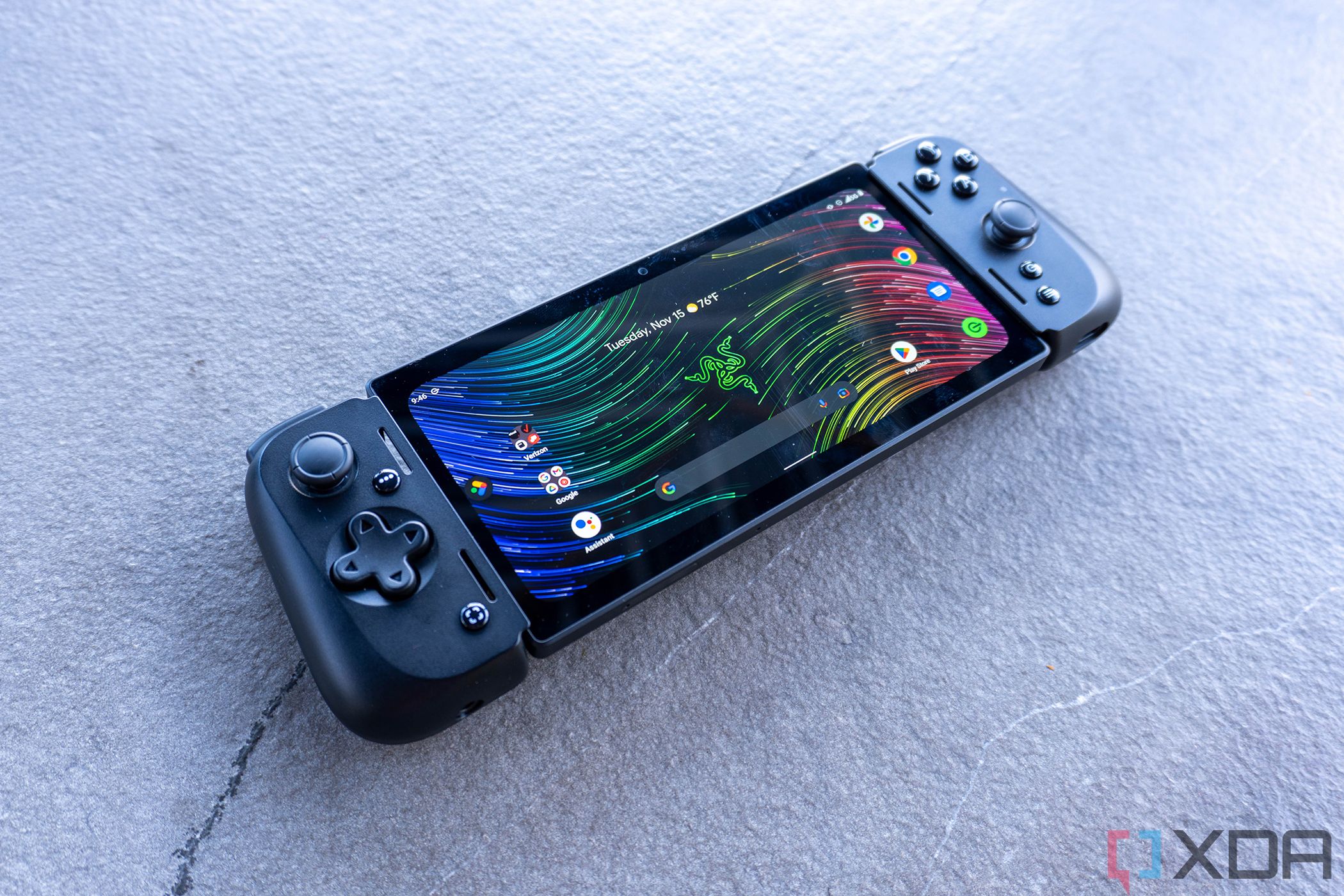When Qualcomm unveiled the Snapdragon 8 Gen 1 in 2021 with its 30% GPU improvement and other energy efficiency gains, the company had another interesting announcement the following day. It revealed the Snapdragon G3x Gen 1 gaming platform, with a large focus on, you guessed it, gaming. At the time, Qualcomm also rolled out a development kit created by Razer, and since then, the Razer Edge with the G3x Gen 1 has been released for portable mobile gaming.
Qualcomm has chipsets for many different devices — wearables, extended reality (XR) devices, PCs, and cars — so an expansion to gaming was always likely. The Snapdragon G3x Gen 1 gaming platform aims to unite all Snapdragon Elite Gaming technologies into one cohesive product. It's a chipset built purely for gaming, with updateable GPU drivers for game optimizations, true 10-bit HDR gaming, support for external displays up to 4K resolution at 144FPS, USB-C for future XR accessories, and supports game streaming from the cloud, PCs, or consoles. It has support for Qualcomm's 5G mmWave Modem-RF system too. Given the proliferation of gaming on Android, Qualcomm said at the time that, for now, it was focused exclusively on providing its chipset to Android devices, so we won't likely see its tech in an NVIDIA Tegra/Nintendo Switch competitor — at least, not yet.
Still, this is the company's first real push into the gaming market, and it has the potential to grow into a lot more in the future. It didn't go too in-depth about the new chipset's capabilities, though given that the company designed a developer kit in tandem with Razer, it's clear that Qualcomm has an idea of the direction it wants to push this in. We got our hands on the Razer Edge, which features the new chipset, and checked out the chip in more detail.
Razer powered by the Qualcomm Snapdragon G3x Gen 1
With the launch of the Snapdragon G3x Gen 1, Qualcomm unveiled the first developer kit powered by the platform. It partnered with Razer to produce an exclusive development kit with some of the best hardware you could get in a mobile device.
This kit clearly laid the groundwork for the Razer Edge, as it was only seeded to developers to allow them to explore the capabilities of Qualcomm's vision for mobile gaming. Qualcomm said at the time that it had to serve the developer community first to make them aware of what was possible.
“Razer is extremely excited to partner with Qualcomm Technologies and support them on their way to introduce new cutting-edge technology to the global gaming industry,” Min-Liang Tan, Razer co-founder and CEO, said at the time. “Together, Qualcomm Technologies and Razer will lead the way with new and innovative solutions that push the boundaries of fidelity and quality available in portable gaming, transforming the way these games are experienced.”
The Qualcomm Snapdragon G3x Gen 1 is just an overclocked Snapdragon 888
Following our review of the Razor Edge — which is actually a tablet with a 6.8-inch display and a separate Razer Kishi controller — we took a closer look at what the Snapdragon G3x exactly is. As it turns out, it's borderline identical to the Snapdragon 888; it's just overclocked a bit further than even the Snapdragon 888+ was.
The Snapdragon G3x Gen 1 has an eight-core layout, with four Cortex A55 cores, three Cortex A78 cores, and one Cortex X1 core. These are clocked at 1.8GHz, 2.42GHz, and 3GHz, respectively, which puts it in line with the Snapdragon 888+. The software even identifies this chipset as an SM8350, which is the part code for the Snapdragon 888.
Where things differ slightly is in the GPU. While it's an Adreno 660, it's clocked at 900MHz. That's even higher than the Snapdragon 888+, which had an Adreno 660 clocked at 840MHz.
Will that overclock actually help, though? Presumably a bit, and with the active cooling that Razor incorporates in the Edge, it's capable of sustained performance for quite a long time. It does seem to be what enables this chipset to be capable of outputting to an external display at 4K 144Hz, even with the official product slides for the Snapdragon 888+ showing Qualcomm only expects it to hit 4K at 60Hz. Just like the Snapdragon 888+, the Snapdragon G3x Gen 1 also only supports Vulkan 1.1 and not the latest Vulkan 1.3.
There's also a built-in 5MP 1080p60 FPS webcam with two microphones, which players can make use of for live-streaming games online, and there are four speakers powered by Snapdragon Sound. Qualcomm says that the Snapdragon G3x Gen 1 has the thermal and processing headroom to run games, capture them, composite them with a webcam and microphone, and upload a stream all at once, although we didn't test this specifically.
For now, we can only really speculate about what Qualcomm intends to do with the Snapdragon G3x Gen 1. It, weirdly, doesn't seem to be much more powerful than the Snapdragon 8 Gen 1, if at all. Qualcomm describes this as a "next-level" device for mobile gamers. Given that the company also announced a partnership with ESL (Electronic Sports League) with more to come next year, we may see similar devices at the forefront of mobile esports in the future. Even with a device in hand, it seems like a strange chipset that will likely make more sense with future iterations.

Razer Edge
The Razer Edge and Razer Edge 5G are excellent gaming handhelds that offer plenty of power with impeccable style. The Razer Edge offers support for Wi-Fi, while the Razer Edge 5G supports 5G exclusively with Verizon.



